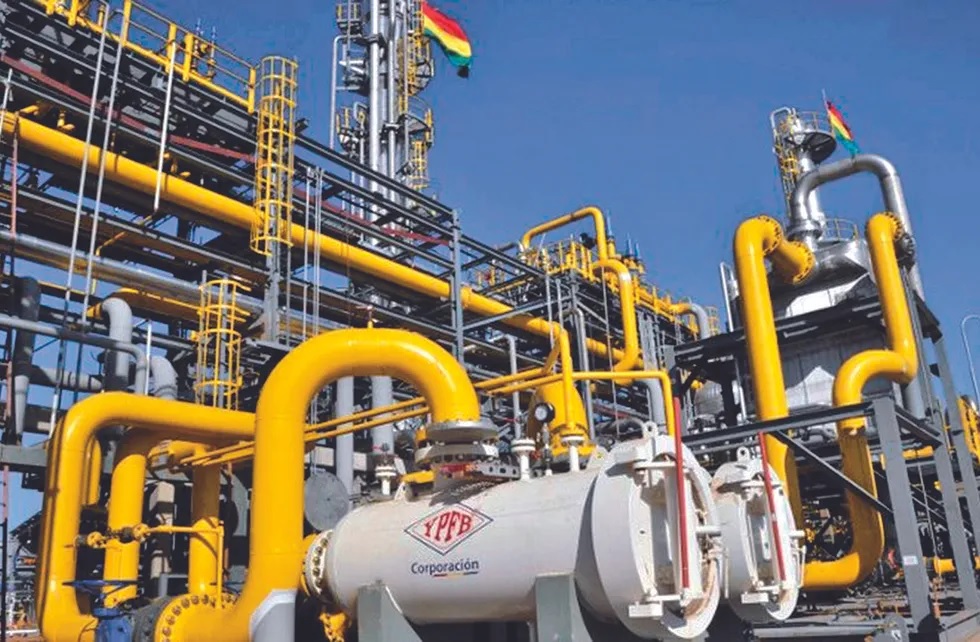RIO DE JANEIRO, BRAZIL – On April 7, Argentina and Bolivia extended the agreement to provide gas from that country to the national territory, which doubles the volumes currently received, thus guaranteeing the local market’s supply in the face of the peak demand that occurs during winter.
According to the progress of the dialogue in the last few days, Bolivia will sell natural gas to Argentina within the framework of the agreement signed in 2006, which will unblock the negotiations that the companies Integración Energética Argentina (Ieasa) and Yacimientos Petrolíferos Fiscales Bolivianos (YPFB) had been carrying out since December for the signing of a sixth addendum that expired on December 31 and was extended until March 31.
As a result of this lack of agreement, Ieasa and YPFB agreed for the first three months of the year to send gas of 7.5 million cubic meters per day (Mm3/d), a volume that may now more than double as of the new agreement.

MORE GAS FOR ARGENTINA IN WINTER
Bolivia will be in a position to send in the winter months larger volumes of natural gas to Argentina, between 16 and 18 Mm3/d, i.e., it will increase the ceiling it offered in the winter months of 2021, which oscillated around 14 Mm3/d, which will take pressure off the energy supply that the country must cover.
As regards the price of Bolivian gas, Argentina was paying US$8 per million BTU (unit of measurement of gas equivalent to 28.52 cubic meters). Even though the contract will recognize an increase as a result of the calculation formula in force between the two parties, it was anticipated that it would be substantially lower than the values that would have to be paid if, instead of having that gas, liquid fuels or Liquefied Natural Gas would have to be imported, which is currently around US$40.

